Peppers are a staple in many cuisines around the world. They come in all shapes and sizes, ranging from mildly sweet to eye-wateringly hot. Two of the most popular peppers are banana peppers and jalapenos. Let’s find out are banana peppers as hot as jalapenos so you can decide what to use for what. Banana peppers are typically mild, with a slight tanginess and sweetness. They are often used in salads, sandwiches, and as a topping for pizza. Jalapenos, on the other hand, packs a lot more heat. They have a distinctive earthy flavor with a spicy kick ranging from mild to hot.
The Misconception
One common misconception about these two peppers is that
banana peppers are not as hot as
jalapenos peppers. This is likely due to their different appearances - banana peppers are long and yellow, while jalapenos are small and green - which can lead people to assume that one is milder.
However, this couldn’t be further from the truth. While it’s true that some varieties of jalapeno can be much hotter than banana peppers, on average, they both fall within the same range of heat levels.
In fact, banana peppers and jalapenos have a similar Scoville rating - a measure of spiciness based on capsaicin content - with banana peppers ranging from 0-500 SHU (Scoville Heat Units) and jalapenos ranging from 2,500-8,000 SHU. So while there may be individual variations in heat level between specific types of each pepper, it’s safe to say that overall they are fairly comparable in terms of spiciness. But jalapenos are actually a bit spicier, usually.
Sweet Banana Pepper Seeds
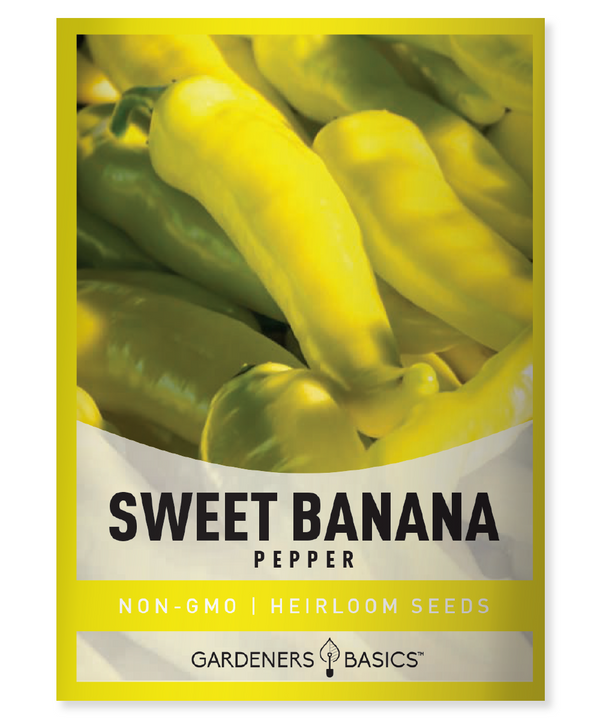
$2.49
Sweet Banana Pepper Seeds – Heirloom, Non-GMO, Non-Hybrid, Open-Pollinated Seeds for High-Yield Gardens Discover the joy of growing your own delicious Sweet Banana Peppers with our premium heirloom, non-GMO, non-hybrid, and open-pollinated seeds! These highly productive plants are perfect for… read more
The Scoville Scale: Measuring Heat in Peppers
You can thank the Scoville scale if you’ve ever wondered why some peppers are hot and others are not. Named after its creator, American pharmacist Wilbur Scoville, the Scoville scale is a measurement of the pungency (or heat level) of chili peppers.
It’s determined by measuring the concentration of capsaicinoids – the compound responsible for a pepper’s spicy flavor – in a given pepper. The scale ranges from 0 for bell peppers (which contain no capsaicinoids) to over 2 million for the hottest pepper in the world, Carolina Reaper.
Jalapenos, which are one of the most commonly used chili peppers in cooking, typically fall between 2500 and 8000 on the Scoville scale. But where do banana peppers fit in?
Comparing Banana Peppers and Jalapenos on The Scoville Scale
When it comes to heat levels, banana peppers, and jalapenos are often compared. However, there’s actually quite a difference between them.
Banana peppers generally range between 0-500 SHU (Scoville Heat Units), making them one of the mildest chili varieties. In contrast, jalapenos have a higher SHU rating that varies from 2500-8000.
While both banana peppers and jalapenos can be enjoyed raw or cooked, they differ greatly in their heat levels. Banana peppers have a milder flavor profile that is slightly tangy with just a hint of sweetness; they add subtle flavors without overpowering other ingredients.
On the other hand,
jalapenos peppers pack quite a punch; their spicy flavor makes them an excellent addition to dishes requiring heat. Overall, while banana peppers have some mild spiciness to offer and jalapenos are definitely hot, they don’t compare in terms of heat levels.
If you’re looking for a mild chili pepper to add subtle flavor to your dish, banana peppers are the way to go. However, jalapenos will fit the bill if you want something that will make your taste buds tingle and add a powerful kick to your dish.
Jalapeño Pepper Seeds
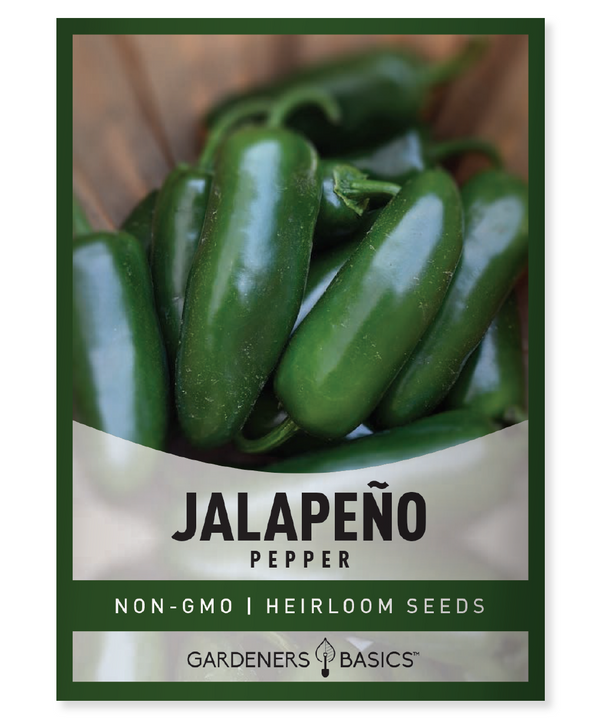
$2.49
Jalapeño Pepper Seeds - Heirloom, Non-GMO, Open Pollinated, Non-Hybrid & Planting & Growing Guide Looking for premium Jalapeño Pepper Seeds? Our seeds are heirloom, non-GMO, non-hybrid, and open-pollinated, ensuring top-quality, reliable growth. Jalapeños are a favorite among gardeners and chefs… read more
Flavor Profile
Banana peppers and jalapenos have distinct differences in their flavor profile. Banana peppers have a mild, sweet taste, often described as tangy, fruity, or slightly zesty. The
flavor can vary depending on the pepper's ripeness, with ripe banana peppers having a sweeter taste than unripe ones.
They are commonly used in salads, sandwiches, and pizzas for their mild flavor. On the other hand, jalapenos have a distinctively spicy and pungent taste with a slightly earthy, smoky, grassy aroma.
The heat level varies within each jalapeno pepper due to growing weather conditions and soil quality. However, they are generally hotter than banana peppers on the Scoville scale.
Banana Peppers vs. Jalapenos Taste Differences
While both banana peppers and jalapenos are members of the same family of chili peppers known for their heat levels, there are noticeable differences in taste. Banana peppers provide a subtle sweetness to recipes without overwhelming other flavors or adding too much heat.
Their unique fruity taste works well with savory dishes like grilled chicken or fish. In contrast, jalapenos infuse bolder flavors into dishes with their spicy notes complementing savory dishes such as tacos or soups perfectly.
A single slice can pack enough punch to make your mouth tingle while adding an element of complexity to your meal. Whether you prefer banana peppers or jalapenos depends on your preference for spiciness levels and how you want it to enhance the dishes you cook up!
Culinary Uses
Both banana peppers and jalapenos are popular ingredients in many dishes worldwide. They add a unique flavor and spice to dishes, making them a favorite of many cooks. Banana peppers are often used in Italian cuisine, while jalapenos are commonly used in Mexican cuisine.
However, both peppers can be used in various dishes, including salads, sandwiches, soups, and stews. The heat level of these peppers affects how they are used in recipes.
For example, banana peppers have a mild to medium heat level and can be eaten raw or cooked. They can be stuffed with cheese or meat and baked until tender or pickled for an acidic crunch.
On the other hand, jalapenos have a medium to high heat level and are usually chopped or sliced into small pieces before use. They add an intense kick to salsas, guacamole, tacos, and nachos.
When using these peppers in recipes that require a certain amount of heat (such as some Mexican dishes), it is essential to choose the right pepper based on its Scoville rating. If the recipe calls for a milder flavor profile that does not include much spice (such as in some Italian dishes), then banana peppers may be a better option than jalapenos.
How Heat Level Affects Recipe Choices
The pepper's heat level is an essential factor to consider when choosing what recipe you want to make. The heat from these peppers comes from capsaicinoids which bind with receptors on our tongue that detect temperature changes (including pain receptors), making us experience a spiciness sensation.
Suppose you prefer milder flavors but still want to enjoy the taste of banana peppers or jalapenos without too much spiciness. In that case, you can remove their seeds containing a lot of capsaicin, cook them, or pair them with dairy products like sour cream or cheese that can counterbalance the heat. If you prefer more intense flavors and want to feel the heat in full force, you can opt for jalapenos which offer a more potent kick.
These peppers are an excellent addition to spicy dishes or foods requiring a bold flavor profile. When choosing between banana peppers and jalapenos, it is essential to consider the level of spiciness required in the recipe.
Banana peppers are ideal for mild to medium heat, while jalapenos are perfect for medium to high heat. With this knowledge, you can select the right pepper for your recipe and enjoy its unique flavor and spice without being overwhelmed by its heat level.
Growing Conditions
The heat level of banana peppers and jalapenos can be influenced by various growing conditions. The amount of sunlight, water, and nutrients a pepper plant receives affects its ability to produce capsaicin, the compound responsible for a pepper’s spiciness. Temperature is another crucial factor in determining the heat level of peppers.
Both banana peppers and
jalapenos thrive in warm climates. However, excessive heat can stunt growth or cause the peppers to become scorched and flavorless.
On the other hand, cooler temperatures may result in milder peppers with less intense heat. Soil composition also plays a role in determining the heat level of peppers.
Soil that is too acidic or alkaline can affect a plant’s nutrient uptake and alter the concentration of capsaicin in its fruit. Growing banana peppers and jalapenos with optimal pH levels in nutrient-rich soil can help produce hotter fruits.
Factors that Affect Heat Levels
In addition to growing conditions, several other factors can affect the heat level of banana peppers and jalapenos. One such factor is ripeness - as both types of pepper mature, their spiciness increases.
Consequently, ripe banana peppers are hotter than unripe ones; ripe jalapenos are spicier than their green counterparts. The variety of pepper also impacts its heat level - some strains are naturally hotter than others due to genetics or selective breeding practices.
For instance, specific cultivars like Carolina Reaper are bred for their high capsaicin content, which tops over 1 million Scoville units! Post-harvest handling methods like drying or smoking can also influence the final heat level of banana peppers or jalapenos.
Tips on Growing Hotter or Milder Varieties
For those who wish to grow banana peppers or jalapenos, there are several tips to follow to achieve the desired heat level. One strategy is to grow hotter
varieties of these peppers, such as Thai chili or Habanero.
Another option is to encourage spiciness by stressors - withholding water a few days before harvest can make peppers hotter. Different types of fertilizer may also affect the heat level of peppers.
Using fertilizers with high nitrogen levels can increase capsaicin production, producing spicier fruits. To grow milder versions, focus on picking less mature peppers that have not fully ripened yet and harvest them green.
Also,
growing pepper plants in shadier areas might result in milder fruits. Whatever approach you choose, keeping a keen eye on growing conditions and implementing best practices like proper watering and soil management will always lead to better yields!
Pepper Seed Assortment | 8 Variety Pack
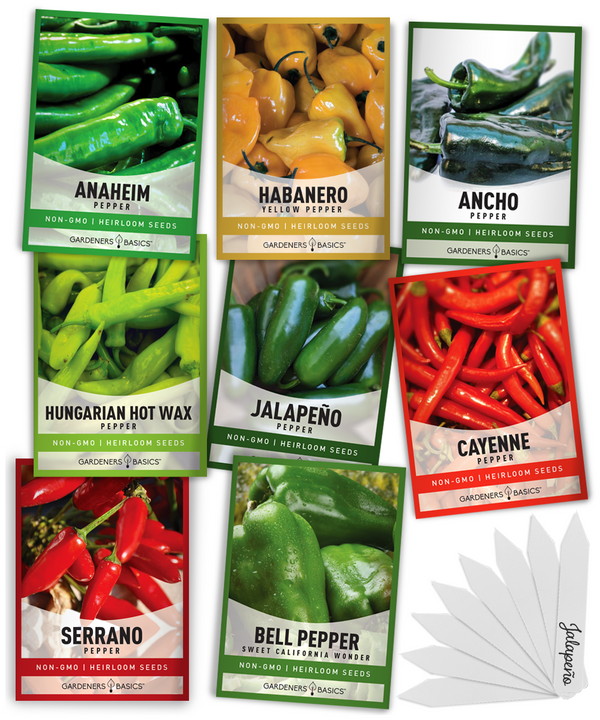
$15.95
8 Pepper Seeds Variety Pack – Heirloom, Non-GMO, Open-Pollinated, Non-Hybrid Seeds Elevate your garden with our 8 Pepper Seeds Variety Pack! This premium selection includes a mix of heirloom, open-pollinated, non-hybrid, non-GMO pepper seeds, perfect for beginner and experienced gardeners.… read more
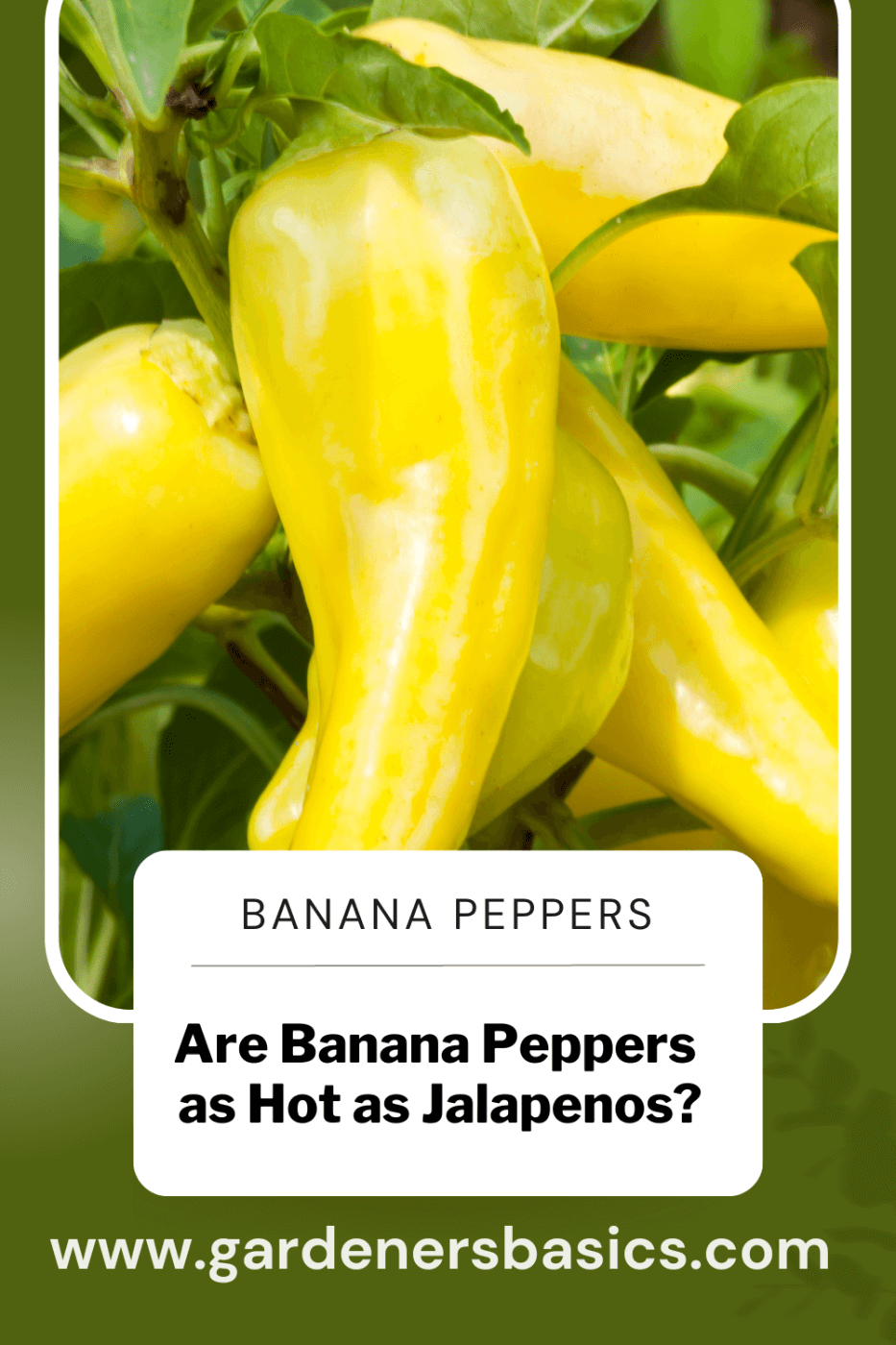 Conclusion
Conclusion
Recap of Key Points
In this article, we’ve explored whether banana peppers are as hot as jalapenos. We first looked at the Scoville scale, which measures heat in peppers. While jalapenos have a Scoville rating of 2,500 to 8,000, banana peppers usually rate at 0 to 500.
However, it’s important to note that hotter varieties of banana peppers are available. We also discussed the flavor profiles of both peppers.
While both have a mild sweetness and tanginess, jalapenos have a smokier taste and more heat. Banana peppers are often used in pickling or as a topping for sandwiches and salads.
Regarding culinary uses, both peppers offer versatility in different dishes. Jalapenos work well in Mexican cuisine and spicy dishes, while banana peppers pair well with Mediterranean-inspired dishes or as toppings for pizza.
We examined growing conditions that can affect the heat level of both types of pepper. Growing conditions such as climate and soil can affect how hot the pepper becomes.
Final Verdict on Whether or Not Banana Peppers Are As Hot As Jalapenos
So are banana peppers as hot as jalapenos? It ultimately depends on the variety and growing conditions. While jalapenos generally have more heat than most banana pepper varieties, hotter options are available if you’re looking for more spice.
Overall, it’s safe to say that bananas are milder than jalapenos on average. If you’re looking for a subtle kick with some sweetness thrown in for good measure, try out some ripe yellow bananas!






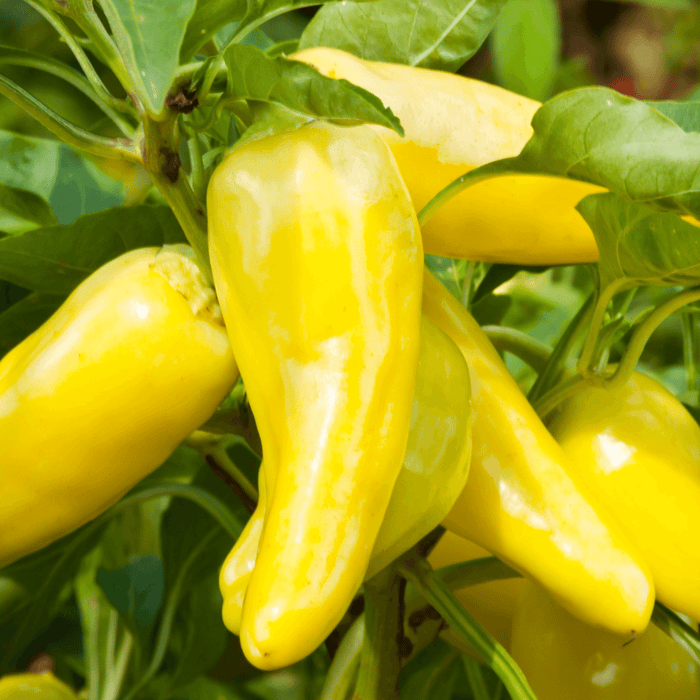

 Conclusion
Conclusion

